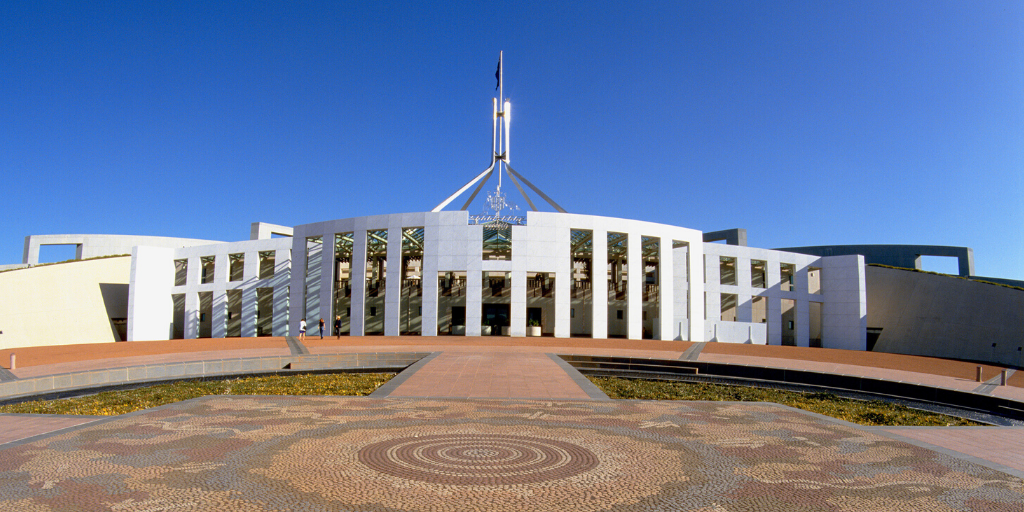Progressing gender equality in the Australian Public Service
A research team led by UNSW Canberra Senior Lecturer Dr Sue Williamson has examined how a movement to bring private sector principles into the public sector may affect gender equality in the APS.

